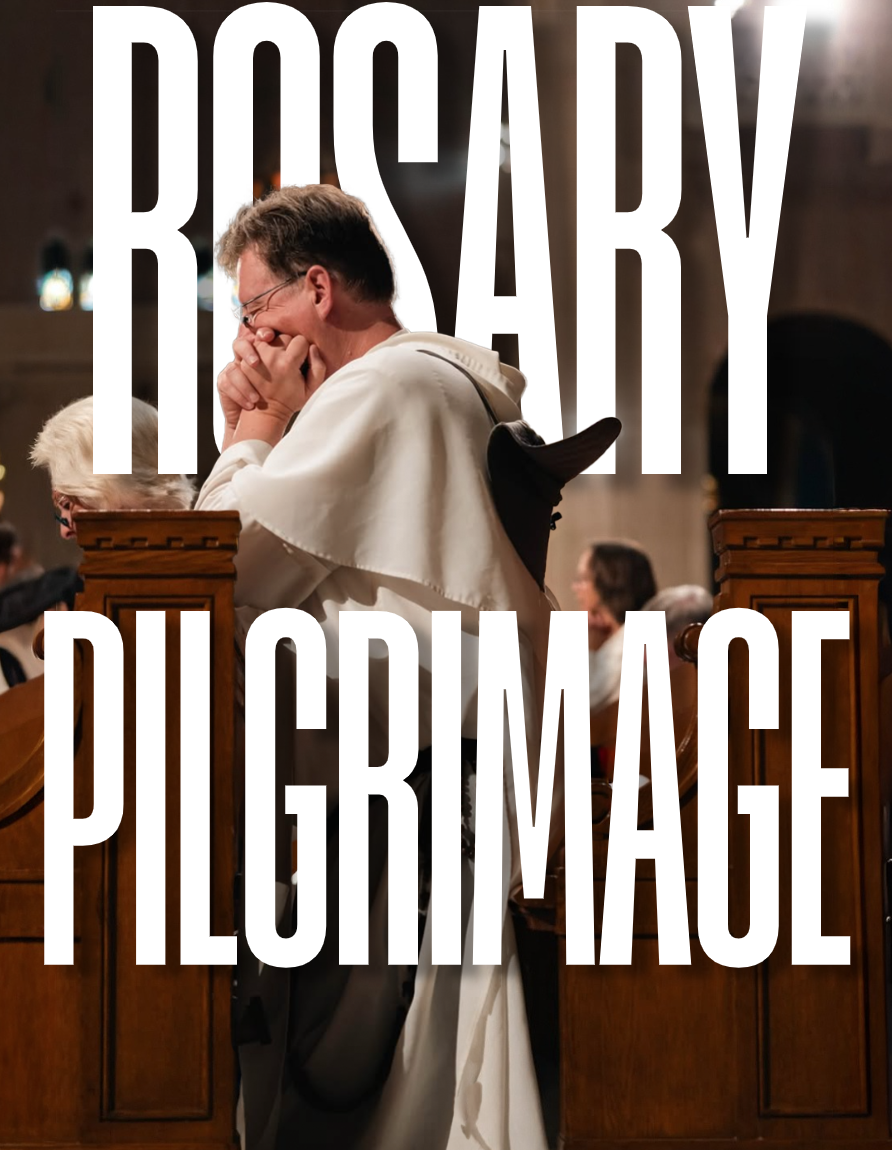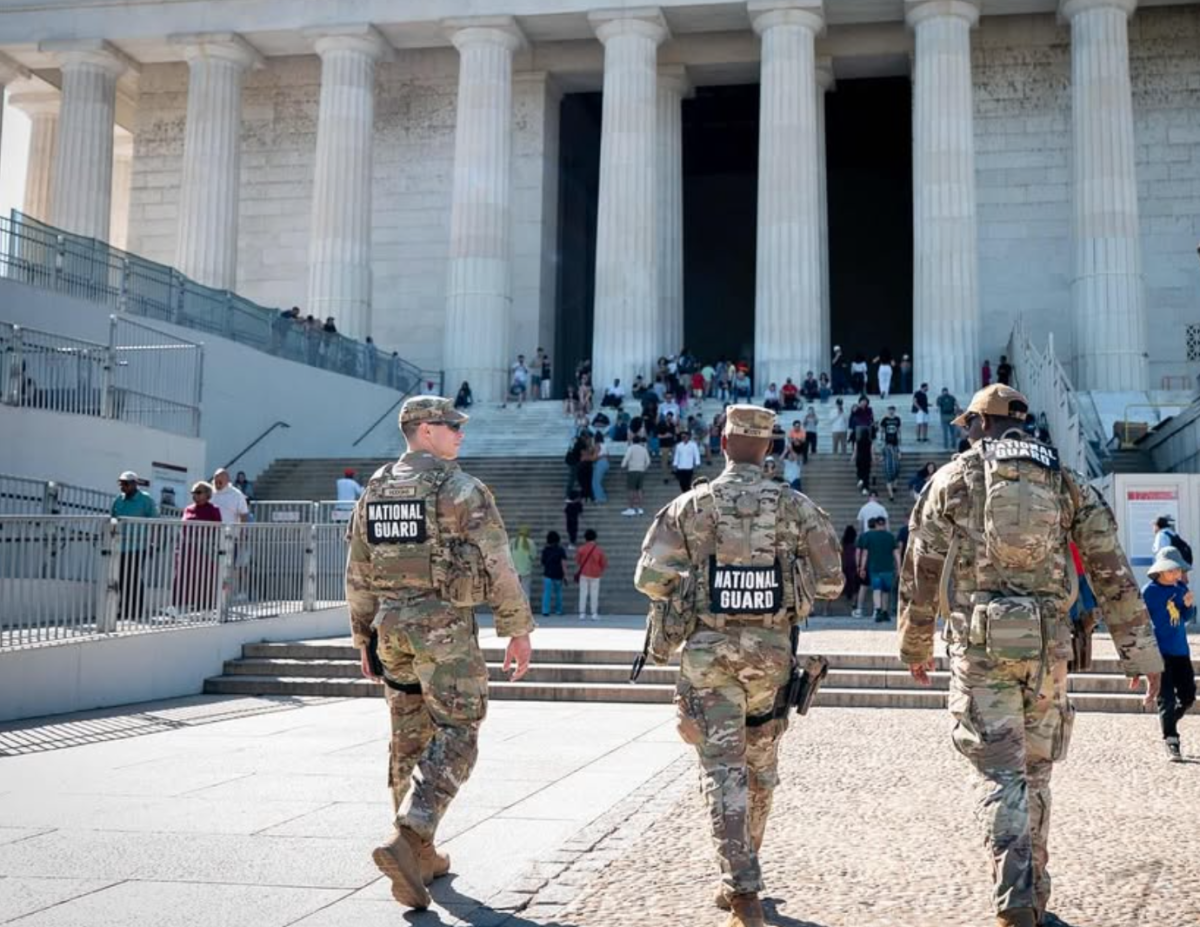By FELICIA CZOCHANSKI

It is OK to admit that once in a while, when walking around campus, you feel like you are seeing the same people over and over again. The repetition becomes somewhat monotonous. There are hundreds of girls wearing leather riding boots and guys wearing Fordham baseball caps and a classic Fordham sweatshirt. The undeniable majority of these students are white; however, in each flock of students walking to class, there are other ethnicities represented. Fordham does have diversity, you just have to look for it.
According to the United States Department of Education, between 1976 and 2004, the percentage of total undergraduate students enrolled that is made up of minority students increased from 17 to 32 percent. Fordham University’s most up-to-date statistics state that 30.4 percent of enrolled students come from underrepresented populations. This is pretty much in accordance with the national average.
In establishing that there is a diverse presence on Fordham’s campus, it is important to note that Fordham is home to 13 cultural clubs, a few of which are ACE, FUPAC and FUSE. The majority of students do not know what any of these acronyms stand for (Asian Cultural Exchange, Fordham University Philippine American Club and Fordham University South Asian Entity) — and that is a shame.
On Saturday, April 5, Fordham University South Asian Entity (FUSE) hosted the event Masti: Spring FUSE Culture Show and Dance Party in O’Keefe Commons. I went to this event after one of my best friends, a student at Columbia University, informed me about it, as her raas dance team was invited to perform. Sadly, I found out about an event on my own campus from someone at a different school.
The event was enjoyable, with performances from FUSE, ACE, Dayne Carter and the Columbia Raas dance team. There was a buffet of Indian food, and an open dance floor and a DJ after the event.
FUSE member Nish Baig, FCRH ’17, believes the event to have been a success. “Everyone had fun, and it was also a good way to promote our event, Holi, that is this Friday,” she said. When I asked Nish why she thought the cultural diversity at Fordham rarely seems present she said, “maybe if Fordham could help promote the different events that our cultural clubs host, then more people would know about them and go to them.” It is pertinent that cultural events be promoted on campus.
A member of the Columbia Raas dance team, Nina Kumar ’17, was surprised by the lack of turn-out for the show. “This past Friday we had our own cultural showcase and there were 800 people in the audience. It definitely surprised us that most of the people watching tonight were performers,” said Kumar.
Students should not have to search for diversity living in New York City. The cultural clubs that we have on campus provide us with great opportunities and resources to learn about different lifestyles and traditions and accumulate a broader perspective of the world.
These clubs are not exclusive to members of each culture. The entire Fordham community would greatly benefit from a better celebration of these clubs.
Students claim that Fordham has no cultural variety. It is indeed present on campus, but it does not have a presence — and that is what it needs.
Felicia Czochanski, FCRH ’17, is an undeclared major from Metuchen, NJ.








































































































































































































